Here is how to get the perfect plum cake with raisins and Bournville bits and prevent the latter from dissolving into goo or sinking into the cake
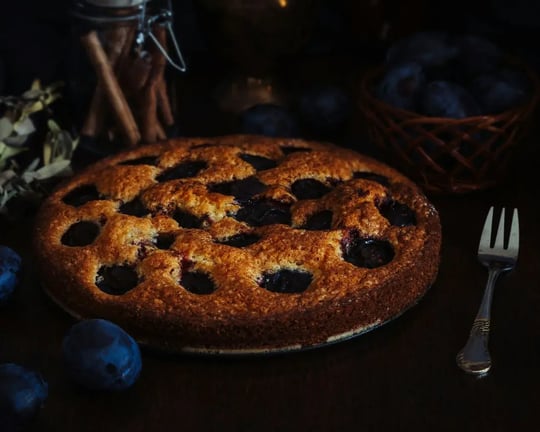
There's nothing quite like a homemade plum cake studded with sweet raisins and rich bites of Bournville dark chocolate. It’s a comforting bake, perfect for festive occasions or an indulgent treat with your afternoon tea. But one common frustration bakers face is the dreaded "chocolate sink"—when those delicious dark chocolate bits gravitate to the bottom of the cake, forming an uneven layer instead of being evenly distributed. Fortunately, there are simple kitchen tricks to keep your chocolate bits suspended in the batter. Here’s how to ensure your next plum cake has Bournville in every bite.
Choose Smaller, Uniform Chocolate Pieces
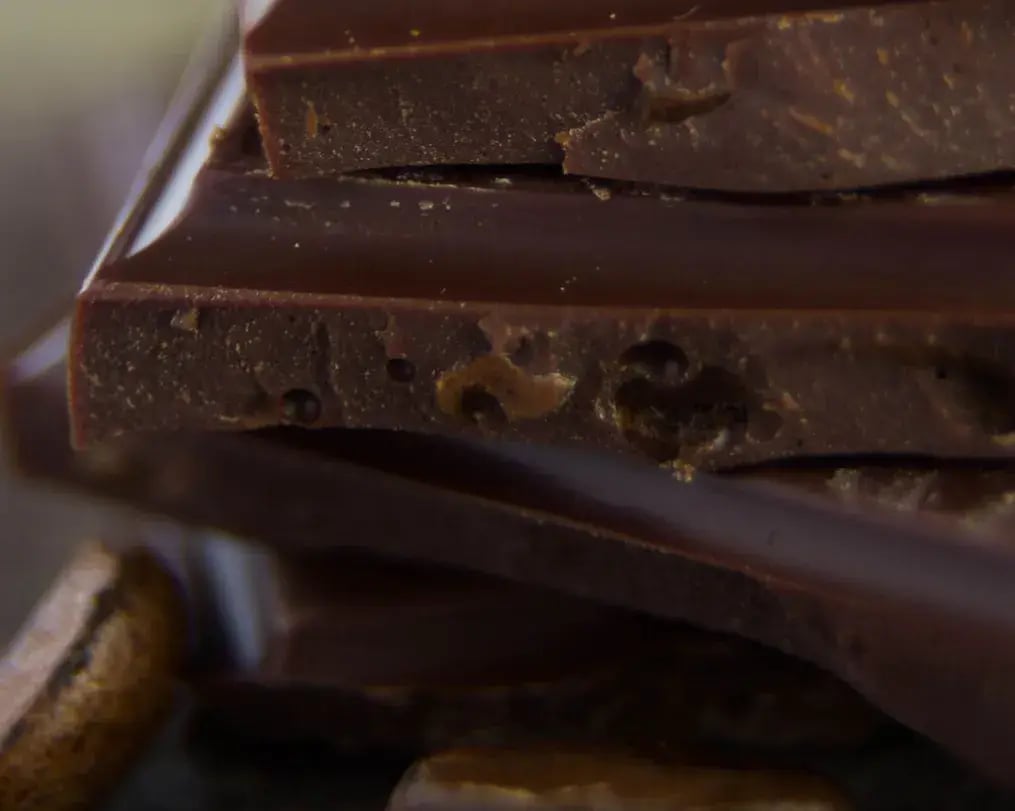
Start by chopping your Bournville dark chocolate bar into small, uniform chunks that are not too fine (or they’ll melt into the batter), and not too chunky (which encourages sinking due to their weight). Use a sharp knife and chilled chocolate bar(s) to have clean chops and not a sticky mess. Roughly chopping the chocolate into ½ cm cubes works best. You could also use chocolate chips or chunks which are usually meant for baking, but there's something undeniably rich about quality chocolate bars meant for direct consumption, like Bournville dark chocolate.
Coat Chocolate and Other Nuggets with Flour
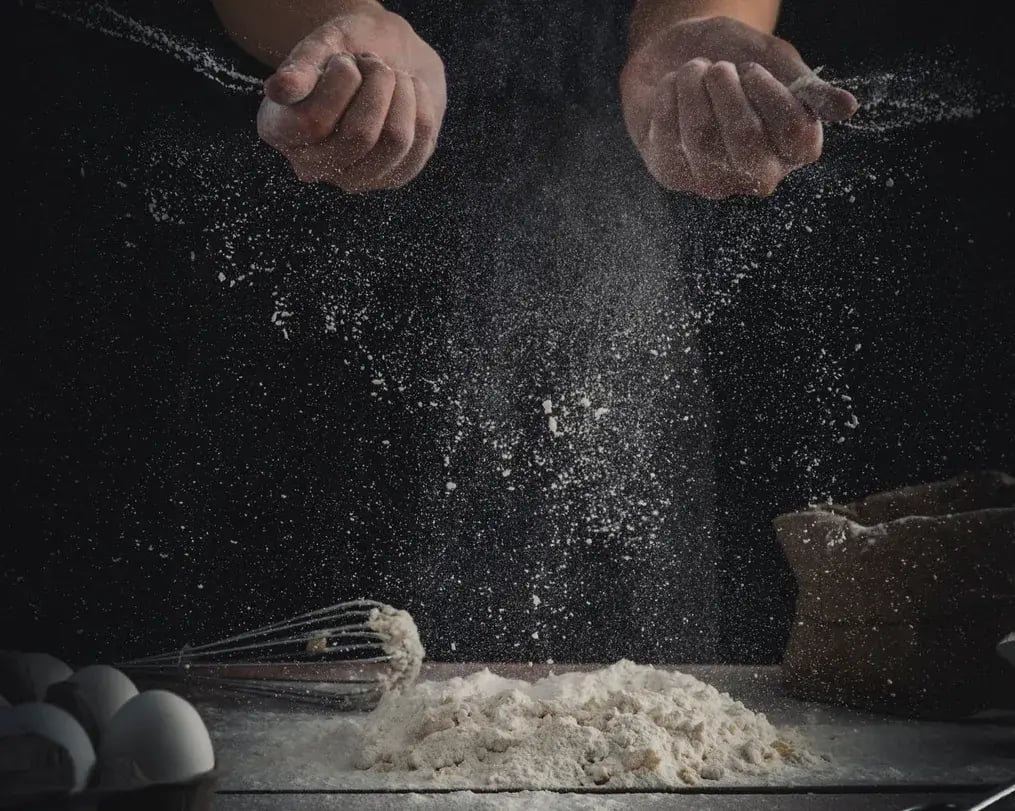
For something like fruit cakes and plum cakes, once the chocolate is chopped, toss the dark chocolate and any dry fruits and nuts you are using with about a tablespoon of flour taken from your measured dry ingredients. This creates a dry barrier that helps them stick to the batter instead of slipping through it. It’s a basic trick, but highly effective: flour adds friction, which slows sinking. Don’t skip it if you want the best out of your chopped chocolate pieces.
Check the Thickness of Your Batter
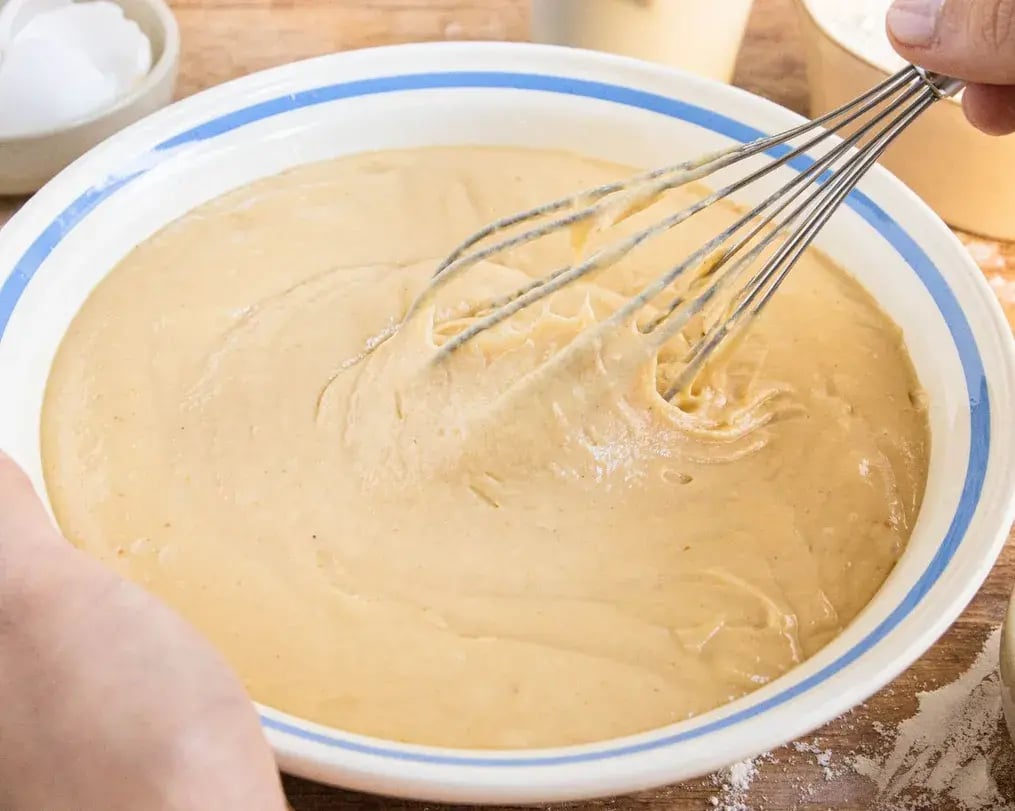
The consistency of the batter is one of the biggest factors in cakes, and whether mix-ins stay suspended or gather at the bottom of the cake. If the batter is runny, like if it pours quickly or spreads like pancake mix, it’s too thin to support heavier ingredients. Cake batters, especially those for the likes of plum cakes, should be thick and slightly stiff, it should drop from a spoon in clumps, not flow. If yours seems too runny, let it sit for a few minutes to thicken, or reduce the liquid slightly by adding in a little bit of flour. Sift it, don't add it like a lump.
Fold, Don’t Beat
Follow the recipe. This is especially in areas where it specifically mentions to fold the mixed ingredients, especially the dry to the wet or vice versa. Overmixing after adding flour will weaken the batter’s structure and deflate it. The beaten air into the batter is crucial here, it helps support, or rather suspend, your chocolate and dry fruits and nuts, while the cake bakes. Once you’ve added the dry ingredients, stop using a mixer and fold everything by hand with a spatula. Mix only until there are no dry patches left. The less you go rogue and handle it, the better the batter holds its shape.
Use a Temperature Boost at the Start of Baking
Starting your bake at a slightly higher temperature, around 200°C, for the first 10 minutes can help the top of the cake set faster. This helps trap the mix-ins where you placed them. After 10 minutes, reduce the oven to your normal baking temperature and finish baking as usual. This simple timing adjustment can significantly reduce how far the chocolate sinks.
Layer the Batter and Mix-Ins
Instead of stirring chocolate and raisins into the batter all at once, try layering. Spoon half the batter into your tin, sprinkle half of the flour-coated chocolate and raisins over it, then repeat. This creates built-in structure and prevents everything from settling in one place. It also gives you more control over distribution.
Pick the Right Tin for the Job

A tall, narrow tin gives your chocolate more room to fall. A wider, shallower cake tin reduces the vertical drop and encourages quicker, more even baking. Faster setting means less time for the chocolate to drift. If you usually bake in a loaf pan and struggle with sunken mix-ins, try switching to a round or rectangular tin with more surface area.
Like This Article?
More Like This
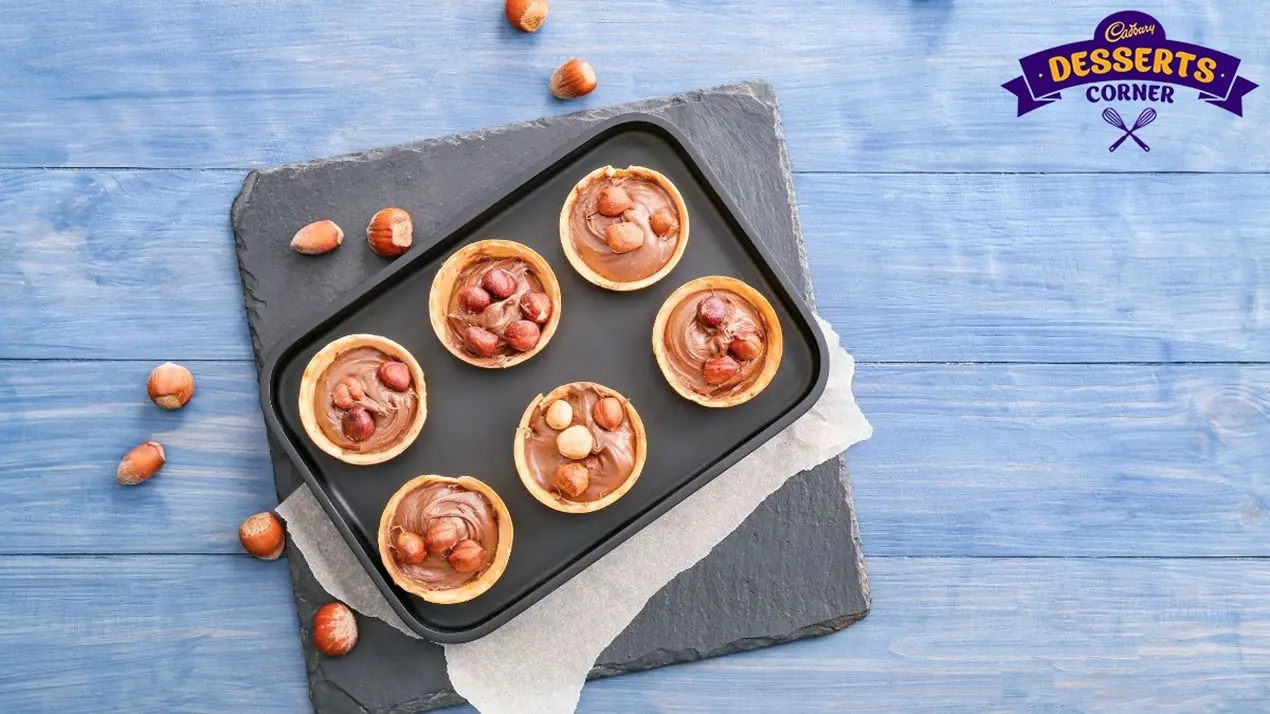
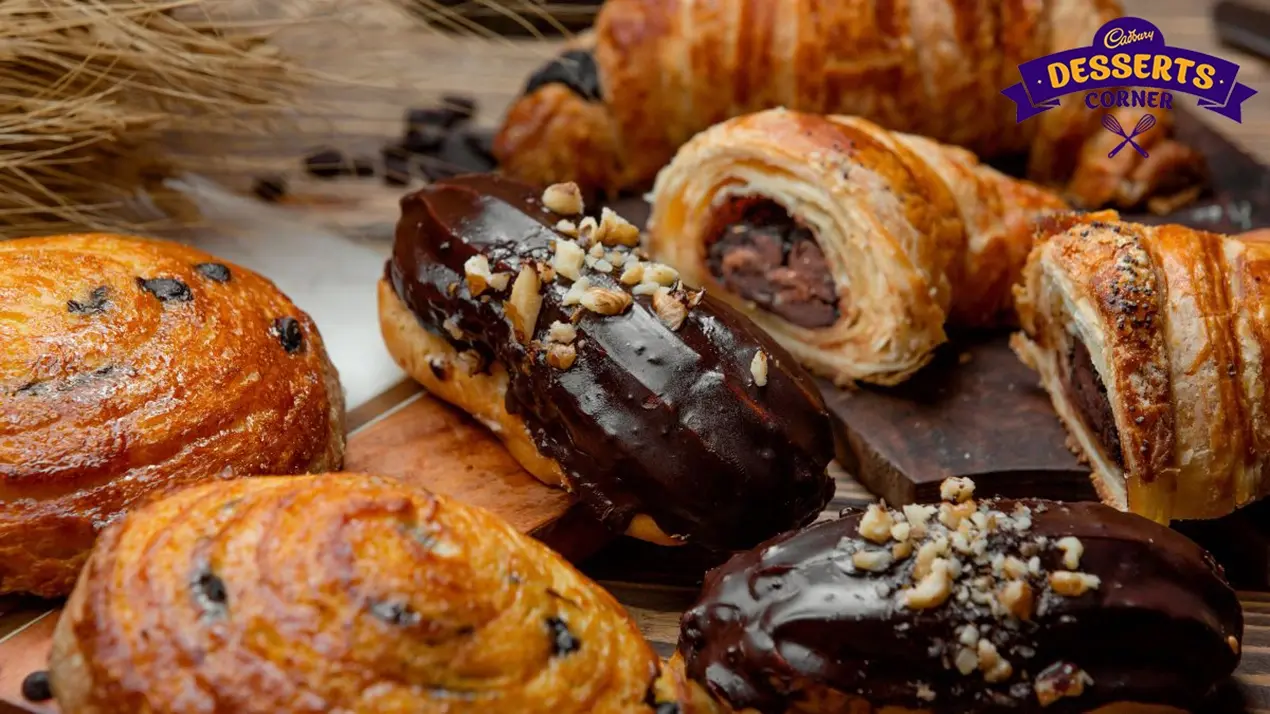

Popular Articles





Trending Web Stories
Curated Recipes



















